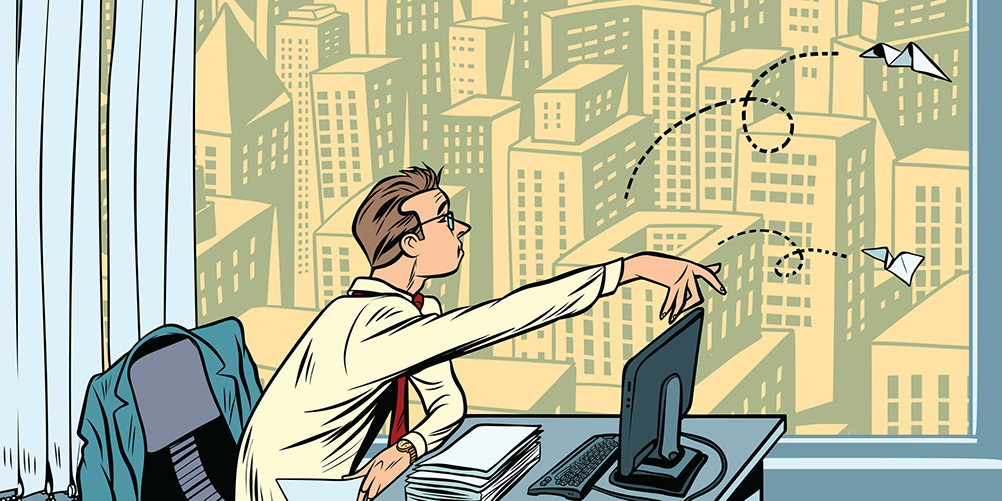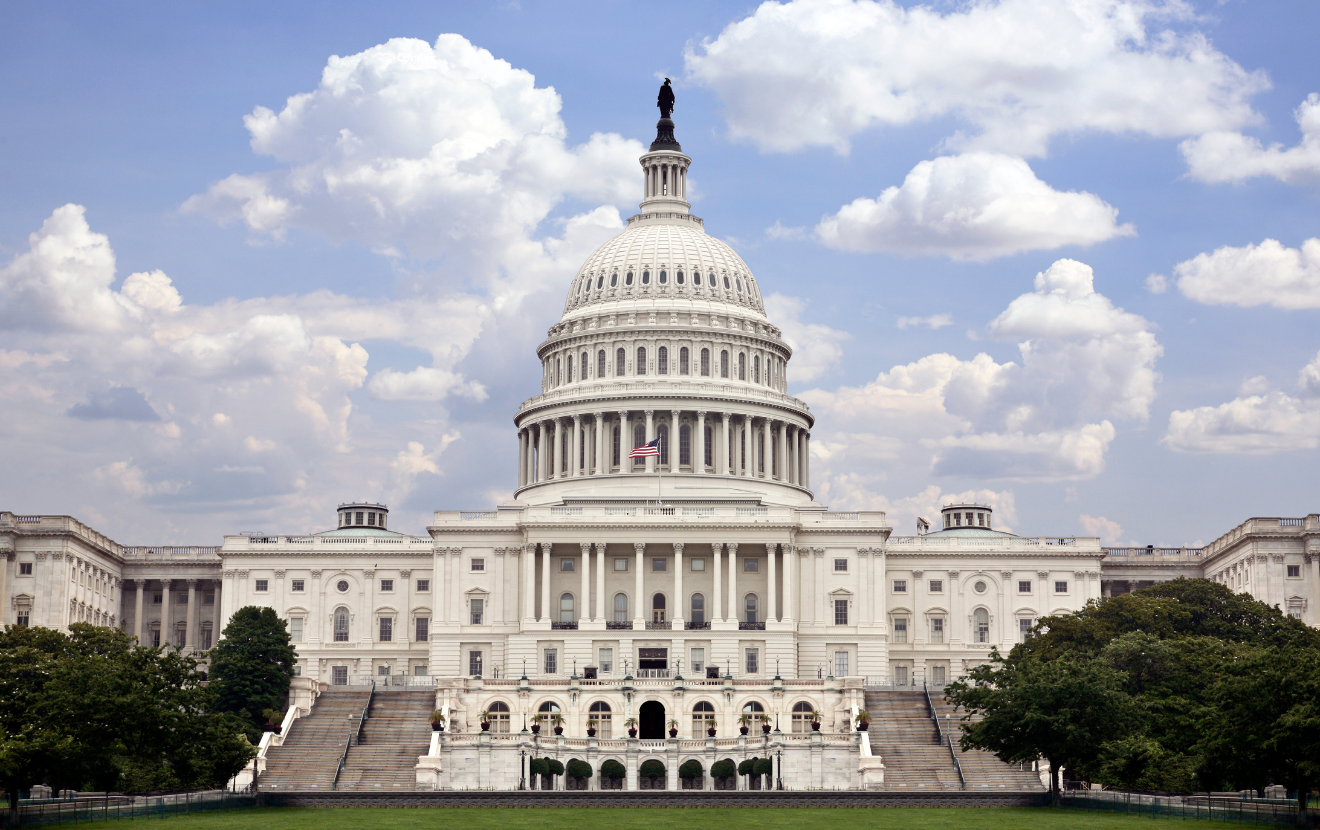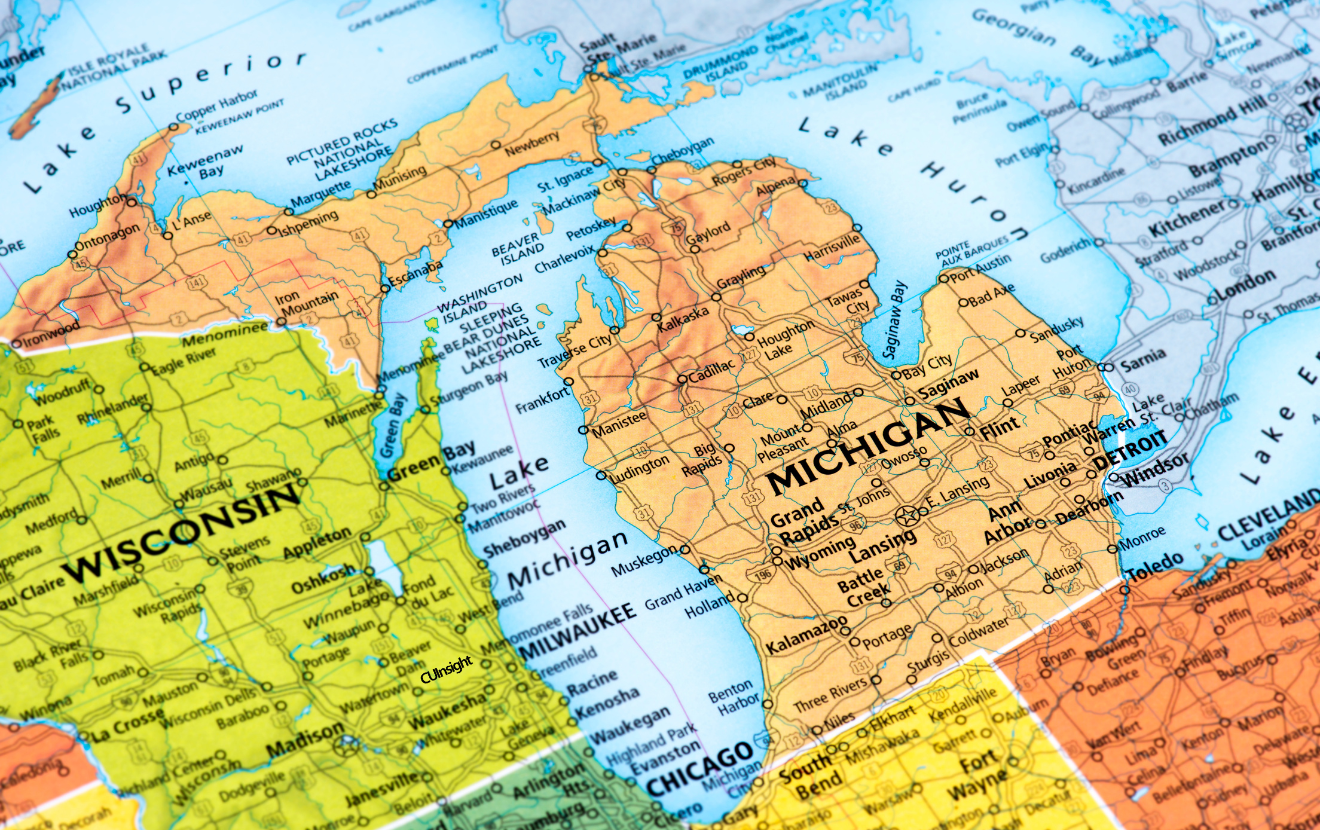The world’s best brands are undergoing a radical transformation: they’re fundamentally shifting their perspective from delivering products and services to delivering experiences. This has been going on for a while, but workplace research firm Leesman has recently found that the highest performing organizations are mirroring this philosophy with their employees to build experiential workplaces.
It turns out that consumers are employees as well, and they are actively seeking out workplaces that deliver positive experiences over those that are just a place to work. Take a moment and think about which of these two retail environments your working environment could be compared to: Circuit City or an Apple Store? Which would be a better recruiting tool?
What is an experiential workplace?
When hearing the phrase “experiential workplace,” people might jump to images of ping-pong tables, bean bag chairs, and napping pods. But an experiential workplace isn’t about amenities, it’s about the thought processes and culture driving the design, management, and day-to-day work. It’s about making work into an engaging experience rather than something you just have to do.
In their report “The Workplace Experience Revolution,” Leesman uncovered a fascinating vocabulary trend in organizations identified to have experiential workplaces. In these organizations, employees used different words to describe themselves and the work they do. They were making contributions rather than being productive, they were active participants rather than employees, and they saw their management as a responsive support system.
An experiential workplace is one that elevates an employee’s experience at work, giving them a dopamine response not unlike the one they receive when walking into an Apple store or their favorite coffee shop. This type of workplace will inspire your staff and put them in the mindset to create incredible member experiences.
How can you make your workplace experiential?
This is not something that happens overnight or that can be achieved with a physical renovation alone. Leesman compares this shift in workplaces to the industrial revolution, a turbulent period of change that lasted several decades. But with the right strategy, your organization can lead the way.
The first step towards creating an experiential workplace is listening, engaging, and keeping an open mind. Engage your staff, understand how they are supported by not only their physical workplace but also workplace policies and interactions with their staff and culture. Gather as much information as possible to understand the experience you are currently delivering. Now you can start building a path towards an experiential workplace that will inspire your team.







